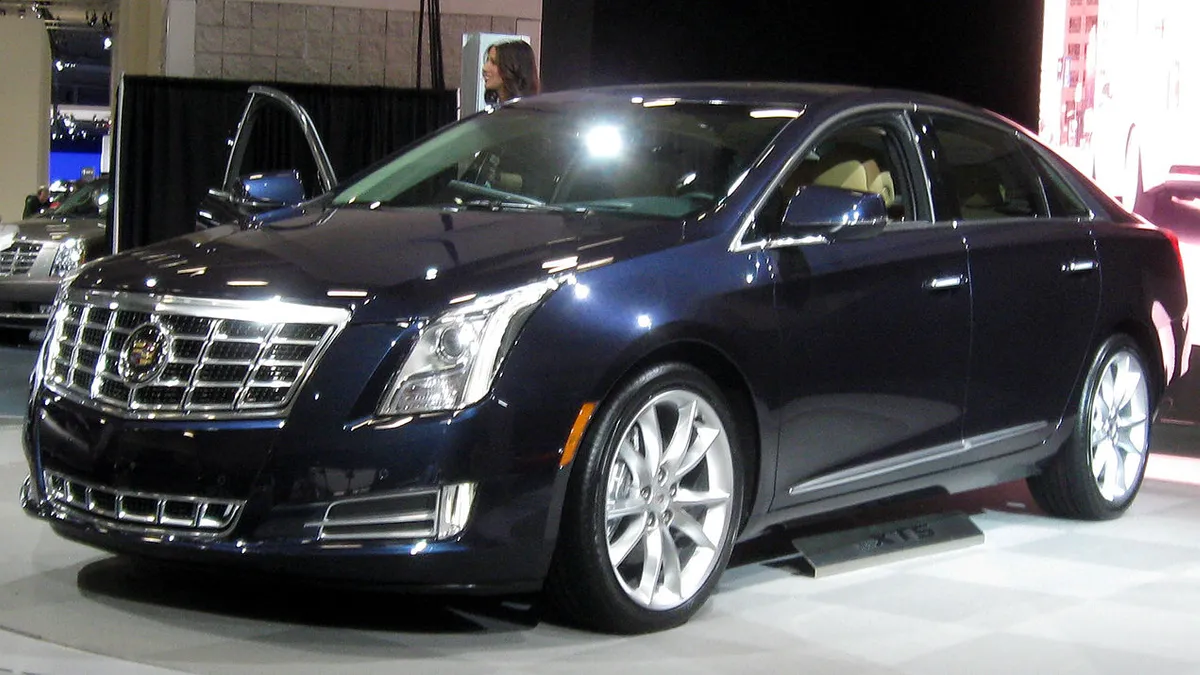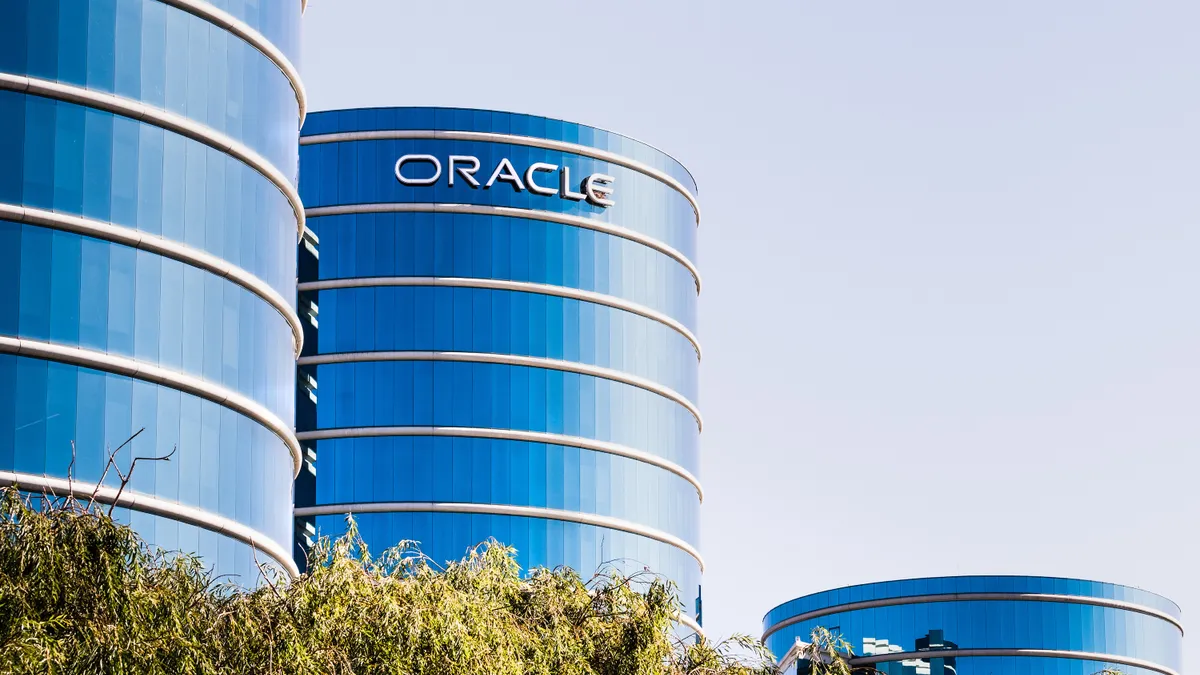The so-called “Cadillac” tax, part of the Affordable Care Act, may not start rolling down the healthcare benefits highway until 2018, but large employers are already looking at the potential cost of repairs.
It promises to be wild ride, with no promises that costs will remain under control.
Attempting to control the costs
Large employers said as much in an annual survey released this week by the National Business Group on Health (NBGH), a non-profit association of 425 large U.S. employers.
According to the NBGH survey, nearly half of large employers (48%) say if they don’t take additional measures to control costs, at least one of their health plans will reach the threshold that triggers the excise tax. By 2020, almost three-quarters (72%) expect one of their plans will trigger the tax, while their plan with the greatest enrollment will only be one year behind.
The Cadillac tax is a 40% excise tax on the health benefits companies provide workers above a specific threshold. In 2018, the tax will hit insurance plans and associated perks valued at more than $10,200 for singles and $27,500 for families. The thresholds, however, will be adjusted in 2018, when final regulations are issued, and thereafter indexed for inflation in future years.
If the tax is stopped, which is the goal of many, it would create a projected $87 billion funding gap in the ACA. Many expect a major battle looming over keeping the tax in place, although it could be modified in some way as part of a compromise.
With the tax set to launch, the NBGH’s president and CEO Brian Marcotte believes that the need to control rising health care benefits costs has never been greater.
“Rising costs have plagued employers for many years, and now the looming excise tax is adding pressure,” he says. “Employers only have two more years to bend the cost curve before the excise tax goes into effect in 2018.”
Marcotte adds that while employers are pursuing several strategies to keep their plans under the excise tax threshold, they estimate their actions will only delay the impact by two to three years.
Cadillac tax notwithstanding, there was some good news. For one, the healthcare benefit cost increases at large employers are expected to hold steady in 2016, due in large part to changes employers are making to their benefit programs.
According to the survey, employers project their health care benefits costs will increase 6% in 2016, the same increase employers would have experienced this year had they made no changes to their plan design. Many employers, however, reported that they expect to keep increases to 5% for the third consecutive year by making plan changes, such as increasing cost-sharing provisions, adopting consumer-directed health plans, and expanding wellness initiatives.
Employers cited several factors driving rising costs. For many of them (43%), the number one driver of rising health care costs is high-cost claims. Respondents also cited the soaring costs of specialty pharmacy, specific diseases or conditions, and overall medical inflation.
As for the Cadillac tax, some employers are already making changes to meet the expected cost impact. More than three quarters of respondents (76%) are adding or expanding consumer-directed health plans (CDHPs), which typically carry high deductibles, as well as consumerism tools, while 70% are expanding wellness programs.
Mixed views on health exchanges
While no employers plan to eliminate health care coverage and pay the penalty for not doing so, some employers continue to look at the viability of private exchanges. By 2016, 3% of respondents will have moved their active employees to a private exchange. Nearly a quarter of respondents (24%) are considering a private exchange for active employees sometime in the future, but that is a decline from last year, when 35% were considering private exchanges.
But the trend of employers partnering with a private exchange for retirees is growing. By 2016, nearly a quarter of respondents (24%) will offer retirees coverage through a private exchange versus just 10% in 2013.
Employers continue to have mixed feelings on how private exchanges will perform. Employers are confident a private exchange would do three things better than they could: providing more choice of plans, complying with regulations and supporting a defined contribution approach. They are less confident in the ability of private exchanges to outperform employer efforts to control health care costs, assist employees with questions and problems, and engage employees in better health care decision-making.
“While we continue to see interest in private exchanges among large employers, there really hasn’t been much movement,” Marcotte says, adding that many of the models in the marketplace have yet to mature and so it’s not surprising that many employers are still taking a wait and see approach when it comes to private exchanges.
“Employers need to do their due diligence, ask questions, and study the options closely,” he says. “The jury is still out as to whether a private exchange can manage costs and care more efficiently than what employers are currently doing on their own.”





















